Blog
Jewellok is a professional pressure regulator and valve manufacturer and supplier.
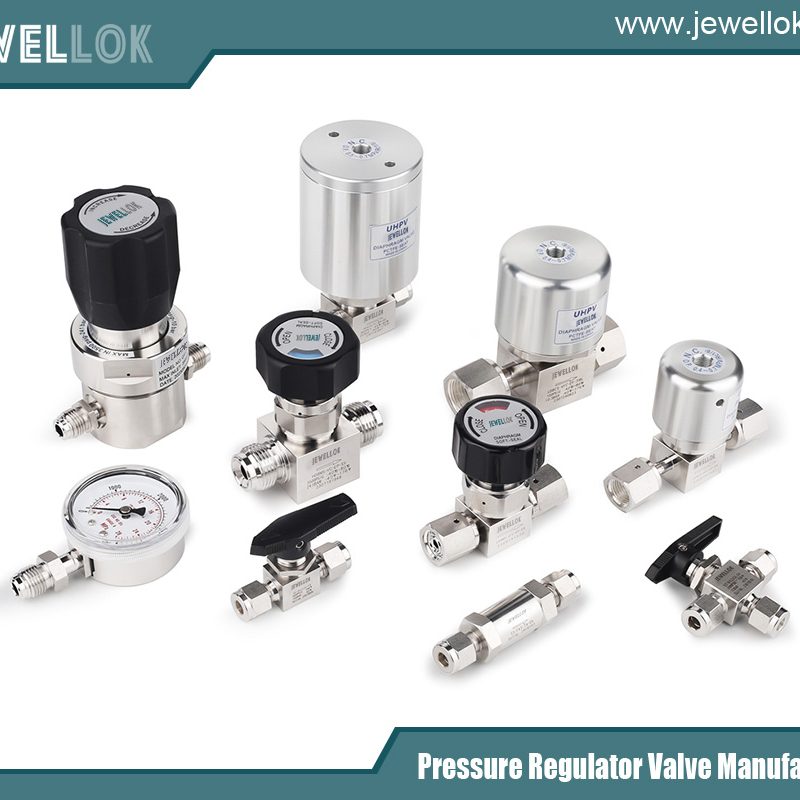
What is a Gas Pressure Relief Valve?
- Pressure Regulator Valve Manufacturer
- back pressure regulator vs relief valve, china pressure relief valves for air compressors factory, gas cylinder pressure relief valve, gas pressure relief valve, gas regulator pressure relief valve, hydraulic pressure relief valve adjustment, hydraulic relief valve adjustment, oxygen cylinder pressure relief valve, pressure regulator vs pressure relief valve, pressure relief safety valve, pressure relief valve manufacturers, pressure relief valve manufacturers China, pressure relief valve market, pressure relief valve supplier philippines, pressure relief valve vs pressure regulator, pressure relief valve vs pressure safety valve, pressure safety valve vs pressure relief valve, relief valve, relief valve china, relief valve manufacturer, relief valve supplier, safety valve vs relief valve, what is a pressure relief valve
- No Comments
What is a Gas Pressure Relief Valve?
Introduction
In industries ranging from oil and gas to manufacturing and residential systems, maintaining safe and controlled pressure levels within gas systems is critical. One of the unsung heroes in achieving this safety is the gas pressure relief valve (PRV), a device designed to protect equipment, pipelines, and personnel by managing excessive pressure. But what exactly is a gas pressure relief valve, and why is it so essential? This article explores the purpose, types, working principles, applications, and maintenance of gas pressure relief valves, shedding light on their role in ensuring safety and efficiency in various systems.

What is a Gas Pressure Relief Valve?
A gas pressure relief valve is a safety device used to prevent overpressure in systems that handle gases, such as pipelines, storage tanks, or industrial equipment. It automatically releases excess gas when the pressure exceeds a predetermined threshold, preventing potential damage to equipment or catastrophic failures like explosions or leaks. By relieving excess pressure, PRVs maintain system integrity, protect human lives, and ensure compliance with safety regulations.
Gas pressure relief valves are commonly found in industries like oil and gas, chemical processing, power generation, and even in domestic applications such as water heaters or HVAC systems. These valves are engineered to operate under specific pressure ranges and are designed to handle various types of gases, from inert gases like nitrogen to flammable ones like natural gas or propane.
The Importance of Gas Pressure Relief Valves
Overpressure in a gas system can occur due to several factors, including equipment malfunctions, thermal expansion, or human error. Without a mechanism to release this excess pressure, the consequences can be severe, including:
– Equipment Damage: High pressure can cause pipes, tanks, or vessels to rupture or deform.
– Safety Hazards: Overpressure increases the risk of explosions, fires, or toxic gas leaks, endangering workers and nearby communities.
– Operational Downtime: System failures lead to costly repairs and production halts.
– Regulatory Non-Compliance: Many industries are subject to strict safety standards, and failure to use proper pressure relief systems can result in fines or legal consequences.
Gas pressure relief valves act as a fail-safe mechanism, ensuring that systems operate within safe pressure limits. They are a critical component of any gas-handling system, providing peace of mind and operational reliability.
How Does a Gas Pressure Relief Valve Work?
The working principle of a gas pressure relief valve is relatively straightforward but relies on precise engineering. The valve consists of several key components:
– Valve Body: The main structure that houses the valve mechanism and connects to the system.
– Spring or Weight Mechanism: This determines the pressure at which the valve opens.
– Disc or Poppet: The component that seals the valve opening and lifts to release gas when pressure exceeds the set limit.
– Nozzle or Seat: The point where the disc seals against the valve body to prevent gas flow under normal conditions.
– Outlet: The pathway through which excess gas is vented.
Under normal operating conditions, the valve remains closed, with the spring or weight mechanism holding the disc tightly against the seat. When the system pressure exceeds the valve’s set pressure, the force of the gas overcomes the spring or weight, lifting the disc and allowing gas to escape through the outlet. Once the pressure drops to a safe level, the valve reseats itself, closing the system and preventing further gas release.
The set pressure (also called the relief pressure) is predetermined based on the system’s design and safety requirements. Some valves are adjustable, allowing operators to fine-tune the set pressure, while others are factory-set for specific applications.
Types of Gas Pressure Relief Valves
Gas pressure relief valves come in various designs, each tailored to specific applications, pressure ranges, and gas types. The most common types include:
- Spring-Loaded Pressure Relief Valves:
– These are the most widely used PRVs, featuring a spring that holds the valve closed until the system pressure exceeds the spring’s force.
– Suitable for a wide range of applications, from low to high-pressure systems.
– Adjustable set pressure makes them versatile for different gases and systems. - Pilot-Operated Pressure Relief Valves:
– These use a pilot valve to control the main valve’s operation, offering precise control in high-pressure or large-scale systems.
– Ideal for applications requiring tight pressure control, such as in oil and gas pipelines.
– More complex and expensive but highly reliable for critical systems. - Weight-Loaded Pressure Relief Valves:
– These rely on a weighted disc to keep the valve closed, with the weight determining the set pressure.
– Commonly used in low-pressure systems, such as storage tanks or atmospheric vessels.
– Simple design but limited to specific pressure ranges. - Rupture Disc Valves:
– These are non-reclosing devices that burst open at a specific pressure and must be replaced after activation.
– Used in systems where rapid pressure relief is needed, such as in chemical reactors.
– Often used in combination with other PRVs for added safety. - Vacuum Pressure Relief Valves:
– Designed to protect systems from underpressure (vacuum conditions) rather than overpressure.
– Used in tanks or vessels where a vacuum could cause structural collapse.
Each type of valve is selected based on factors like the system’s operating pressure, the type of gas, and the required response time. For example, flammable gases may require valves with special materials to prevent sparking, while corrosive gases need valves made of resistant alloys.
Applications of Gas Pressure Relief Valves
Gas pressure relief valves are used across a wide range of industries and applications. Some notable examples include:
- Oil and Gas Industry:
– PRVs are critical in pipelines, refineries, and storage facilities to prevent overpressure in systems handling natural gas, propane, or other hydrocarbons.
– They protect compressors, pumps, and vessels from pressure spikes caused by blockages or equipment failures. - Chemical and Petrochemical Plants:
– In chemical reactors and storage tanks, PRVs manage pressure caused by chemical reactions or temperature changes.
– They ensure safe handling of toxic or flammable gases like ammonia or chlorine. - Power Generation:
– In gas-fired power plants, PRVs protect boilers, turbines, and gas supply lines from overpressure.
– They are also used in cooling systems that rely on gases like refrigerants. - HVAC Systems:
– In heating, ventilation, and air conditioning systems, PRVs regulate pressure in refrigerant lines to prevent damage to compressors or other components. - Residential and Commercial Applications:
– Gas pressure relief valves are found in water heaters, gas stoves, and propane tanks to ensure safe operation in homes and businesses.
– They prevent dangerous pressure buildups in appliances that use natural gas or propane. - Pharmaceutical and Food Processing:
– PRVs are used in systems handling compressed gases like nitrogen or carbon dioxide, ensuring safety and product quality in sterile environments.
Design Considerations for Gas Pressure Relief Valves
Selecting the right gas pressure relief valve requires careful consideration of several factors:
– Set Pressure: The valve must open at the correct pressure to protect the system without premature activation.
– Flow Capacity: The valve must be sized to handle the maximum expected gas flow during a relief event.
– Material Compatibility: The valve materials must withstand the chemical properties of the gas (e.g., corrosion resistance for acidic gases).
– Temperature Range: The valve must operate effectively under the system’s temperature conditions.
– Regulatory Compliance: Valves must meet standards set by organizations like ASME, API, or ISO, depending on the industry and region.
Engineers must also consider whether the released gas needs to be vented to the atmosphere, flared, or directed to a containment system, especially for toxic or environmentally harmful gases.
Maintenance and Testing of Gas Pressure Relief Valves
To ensure reliable operation, gas pressure relief valves require regular maintenance and testing. Key practices include:
– Inspection: Regular visual checks for signs of wear, corrosion, or leaks.
– Testing: Periodic testing to verify that the valve opens at the correct set pressure and reseats properly.
– Cleaning: Removing debris or contaminants that could affect valve performance.
– Calibration: Adjusting the set pressure if the valve is adjustable.
– Replacement: Replacing valves or components that show signs of deterioration or have reached the end of their service life.
Many industries follow strict maintenance schedules mandated by regulatory bodies. For example, the American Petroleum Institute (API) provides guidelines for testing and maintaining PRVs in oil and gas applications.
Challenges and Innovations in Gas Pressure Relief Valves
While gas pressure relief valves are highly effective, they face challenges that drive ongoing innovation:
– Environmental Concerns: Releasing gases into the atmosphere can contribute to pollution or greenhouse gas emissions. New designs incorporate systems to capture or flare released gases.
– Precision and Reliability: Modern systems demand valves with tighter tolerances and faster response times, leading to advancements in pilot-operated and smart valves.
– Smart Technology: Some PRVs now include sensors and IoT connectivity to monitor pressure in real-time and predict maintenance needs.
– Compact Designs: As systems become more compact, manufacturers are developing smaller, more efficient valves without compromising performance.
Innovations like these are making gas pressure relief valves more efficient, environmentally friendly, and adaptable to modern industrial needs.

Conclusion
Gas pressure relief valves are indispensable components in any system that handles gases under pressure. By automatically releasing excess pressure, they protect equipment, prevent accidents, and ensure compliance with safety standards. From oil refineries to household appliances, these valves play a vital role in maintaining safety and operational efficiency. Understanding their function, types, and applications allows engineers, operators, and homeowners to appreciate their importance and ensure their proper use.
As industries evolve and environmental concerns grow, the design and functionality of gas pressure relief valves continue to advance. Whether through smarter technology or more sustainable designs, these valves will remain a cornerstone of safety in gas-handling systems for years to come. By investing in proper selection, maintenance, and innovation, we can continue to rely on gas pressure relief valves to keep our systems—and our world—safe.
For more about what is a gas pressure relief valve, you can pay a visit to Jewellok at https://www.jewellok.com/pressure-relief-valve-vs-safety-valve-understanding-their-differences-and-applications/ for more info.
Recent Posts
How Does An Acetylene Gas Changeover Manifold Work?
How Does A Carbon Dioxide Gas Pressure Regulator Work?
How Does A Oxygen Gas Pressure Regulator Work?
How Does A Helium Gas Pressure Regulator Work?
How Does A Nitrogen Gas Pressure Regulator Work?
How Does An Argon Gas Pressure Regulator Work?
How Does A Propane Gas Pressure Regulator Work?
How Does A Acetylene Gas Pressure Regulator Work?
How Does the High Pressure Back Pressure Regulator Work?
The Complete Guide to Camco 59013 Single Stage Propane Regulator
Tags
Recommended Products
-
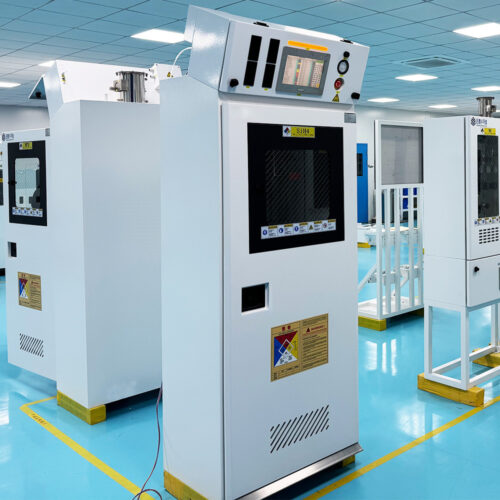
High Purity Bulk Specialty Gas Pressure Control And Filtration Bulk Gas Skid Systems JW-300-BSGS
-
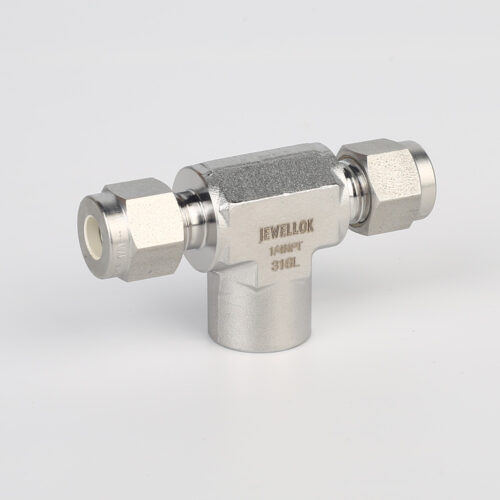
772 LF Female Branch Tee | Stainless Steel Tube Fitting Female Branch Tee 1/2 in. Tube OD x 1/2 in. Tube OD x 3/8 in. Female NPT
-
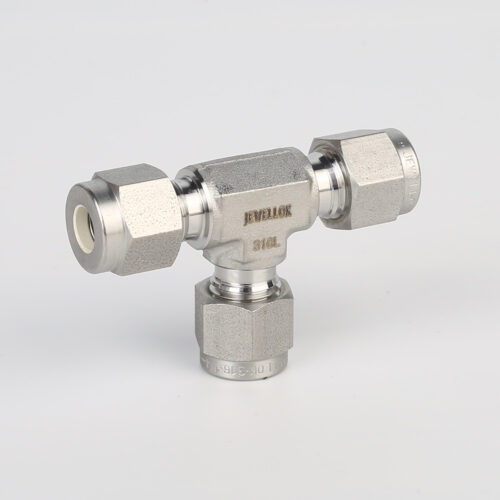
764L Stainless Steel Union Tee High Purity Fitting Union Tee Reducing Tubing Connection
-
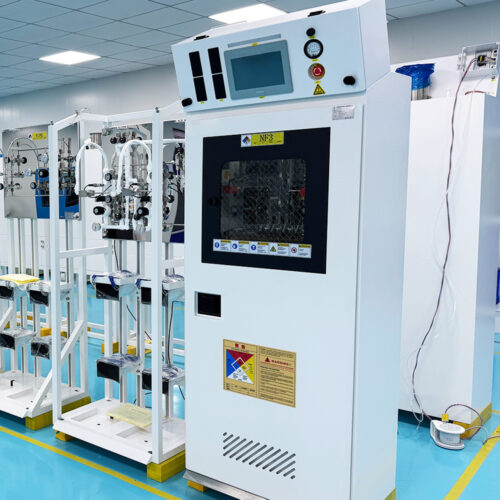
Semi Automatic Gas Cabinet Gas Panels High Purity Gas Delivery Systems JW-200-GC
-
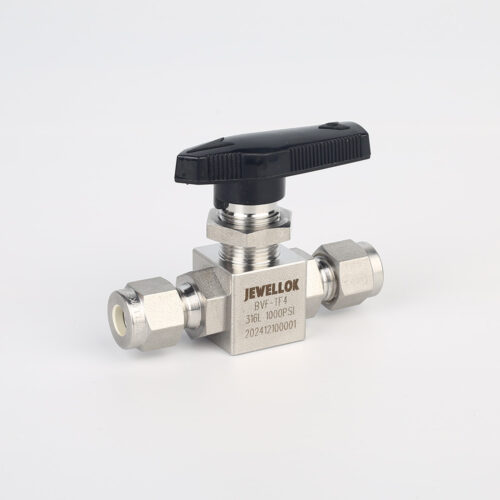
Stainless Steel High Purity High Temperature Pneumatic Actuated Ball Valves JBV2 Series
-
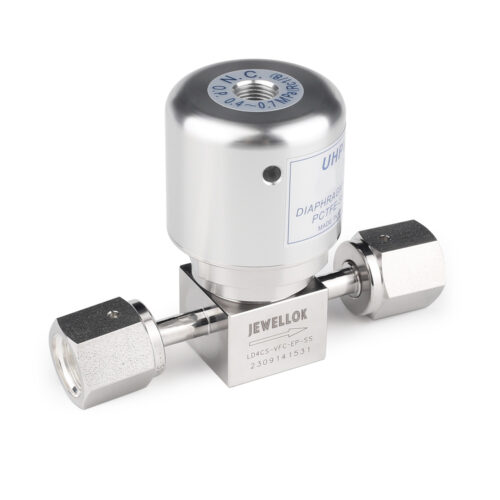
Stainless Steel Low Pressure Seal Pneumatic Diaphragm Control Valve For For HP & UHP Gases
-
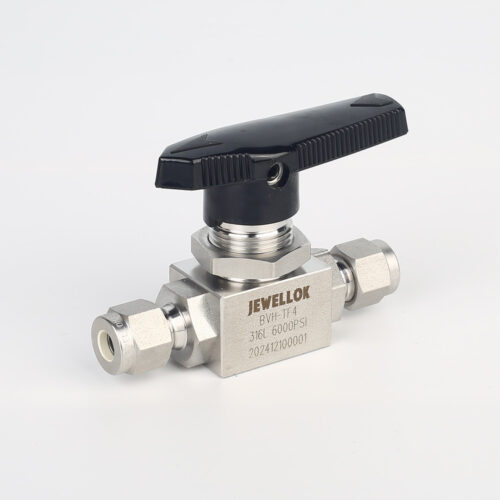
High Purity High Pressure 316 Stainless Steel Ball Valves JBV1 Series From High Pressure Ball Valve Manufacturer And Supplier In China
-
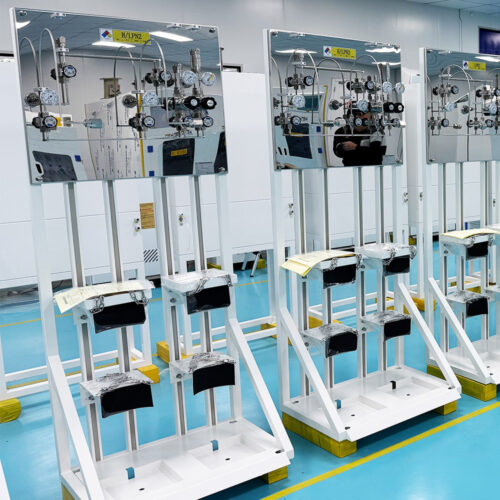
Semi-Automatic VMB Gas Cabinet With Semiconductor Valve Manifold Box Diaphragm Valves And Gas Pressure Regulators